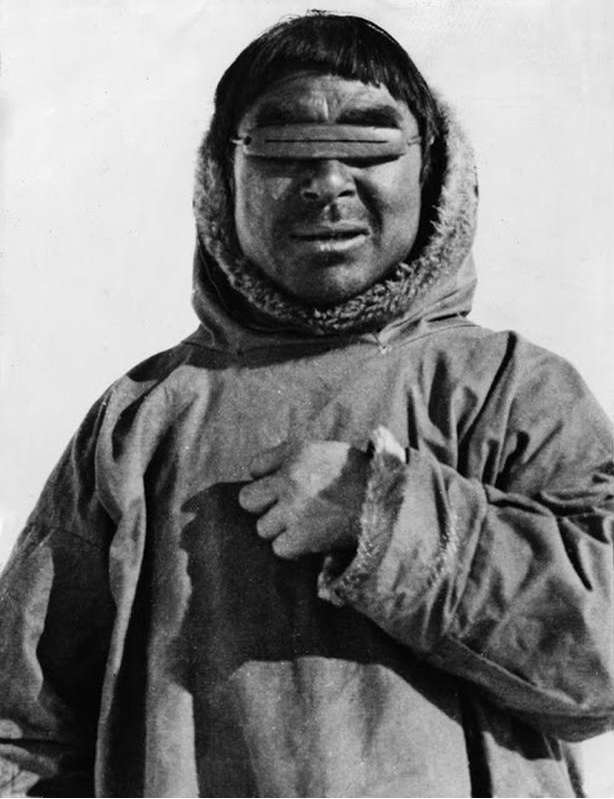By Marco Nurani
Fashion, as a temporal art form, exists in a perpetual state of becoming—an ephemeral medium that oscillates between memory and prophecy. The avant-garde, that radical vanguard of creative dissent, has long positioned itself at the precipice of the unknown, challenging the hegemony of the present by interrogating the boundaries of form, material, and meaning. Yet in its most profound iterations, avant-garde fashion does not merely reject tradition; it engages in a dialectical dance with antiquity, weaving threads of the distant past into the fabric of the future. This synthesis, neither nostalgic nor futurist in the reductive sense, constitutes a philosophical reimagining of time itself—a collapse of linear chronology into a transcendent now where archaic symbols and futuristic visions coalesce.
I. The Avant-Garde as Temporal Heresy
To comprehend the avant-garde’s subversion of time, one must first deconstruct the illusion of temporal linearity. Fashion, like history, is often narrated as a procession of "progress," each era discarding the relics of its predecessors. The avant-garde, however, operates as a heretic to this dogma. It does not progress but digresses, excavating buried archetypes—the primal silhouettes of pre-modernity, the ritual adornments of ancient civilizations, the mythic textures of forgotten crafts—and recontextualizing them through the lens of hypermodernity. Consider the work of designers like Iris van Herpen, whose 3D-printed gowns evoke both the fluidity of Baroque sculpture and the algorithmic precision of quantum geometries. Here, the Pleistocene and the posthuman are not oppositional but symbiotic, fused in a single garment that defies temporal categorization.
This act of retrieval is not mimicry but alchemy. The avant-garde does not replicate the past; it resurrects its spectral essence, allowing ancestral motifs to haunt the contemporary imaginary. A garment inspired by Neolithic pottery shards, rendered in biodegradable biopolymers, becomes a palimpsest of human ingenuity across millennia. The result is a sartorial heterochrony—a multiplicity of times inhabiting a singular form.
II. The Dialectics of Memory and Innovation
The interplay between memory and innovation in avant-garde fashion mirrors Walter Benjamin’s conception of history as a "constellation" of charged moments rather than a linear continuum. To merge the distant past with the future is to create a dialectical image—a shock of recognition where antiquity and futurity illuminate one another. For instance, Rei Kawakubo’s deconstructed kimono silhouettes for Comme des Garçons destabilize both the Edo period’s sartorial codes and Western modernity’s obsession with functionality. The garment becomes a site of collision, where the wabi-sabi aesthetics of impermanence clash with the sterile logic of industrial design, producing a third term: a radical beauty that transcends temporal binaries.
This dialectic extends to materiality. Ancient techniques—hand-loomed textiles, natural dyes, ceremonial embroidery—are reengineered using AI-generated patterns or lab-grown biomaterials. The result is not a contradiction but a conversation. The hand of the artisan and the algorithm, the organic and the synthetic, engage in a choreography that questions the very ontology of creation. Is the designer auteur or archaeologist? A prophet or a medium?
III. The Ethical Imperative of Anachronism
Beneath the avant-garde’s aesthetic audacity lies an ethical imperative. In an era of ecological collapse and cultural amnesia, the fusion of past and future becomes an act of resistance. To resurrect ancient craftsmanship is to challenge the disposability of fast fashion, asserting the value of slowness and sustainability. To invoke mythic symbols—the serpent, the labyrinth, the mandala—is to confront modernity’s alienation from the sacred. The avant-garde, in this sense, functions as a custodian of collective memory, re-enchanting the material world by infusing it with ancestral wisdom.
Yet this project is not without paradox. The same technologies enabling the revival of antiquity—3D scanning, digital archiving, synthetic biology—risk reducing the past to a consumable aesthetic, a commodified "timelessness." The avant-garde must navigate this tension, ensuring that its engagement with history remains a critical dialogue rather than a fetishistic appropriation. The goal is not to escape time but to reimagine our relationship to it—to fashion a temporality that embraces plurality, cycles, and recurrence.
IV. The Garment as Chronotope
In the Bakhtinian sense, the avant-garde garment becomes a chronotope—a spacetime where epochs converge. Imagine a cloak woven from Fibonacci-inspired nano-fibers, its pattern echoing both medieval Islamic tessellations and neural network mappings. To wear such a garment is to inhabit a liminal zone, a sartorial wormhole that collapses the Neolithic and the nanotech. The body itself becomes a site of temporal experimentation, draped in the contradictions of human progress.
This sartorial chronotope does not seek to resolve these contradictions but to amplify them, inviting the wearer—and the observer—into a state of ontological vertigo. Are we advancing or returning? Creating or remembering? The avant-garde’s answer is a defiant "both." It posits that the future is not a blank slate but an echo chamber of all that has been, a realm where the primordial and the prophetic are inseparable.
V. Conclusion: Fashion as Time Machine
The avant-garde’s fusion of future and distant past is more than aesthetic innovation; it is a philosophical provocation. By destabilizing temporal hierarchies, it challenges us to rethink progress, identity, and existence itself. In a world obsessed with novelty yet haunted by loss, the avant-garde offers a third path: a recursive modernity that honors the arcane while daring to dream the unimaginable. The garment becomes a time machine, not to escape the present but to transcend it—to weave a tapestry where every thread is a timeline, and every stitch a suture between epochs. In this way, fashion ceases to be mere clothing and becomes a manifesto: a declaration that the future is ancient, and the past is yet to come.

